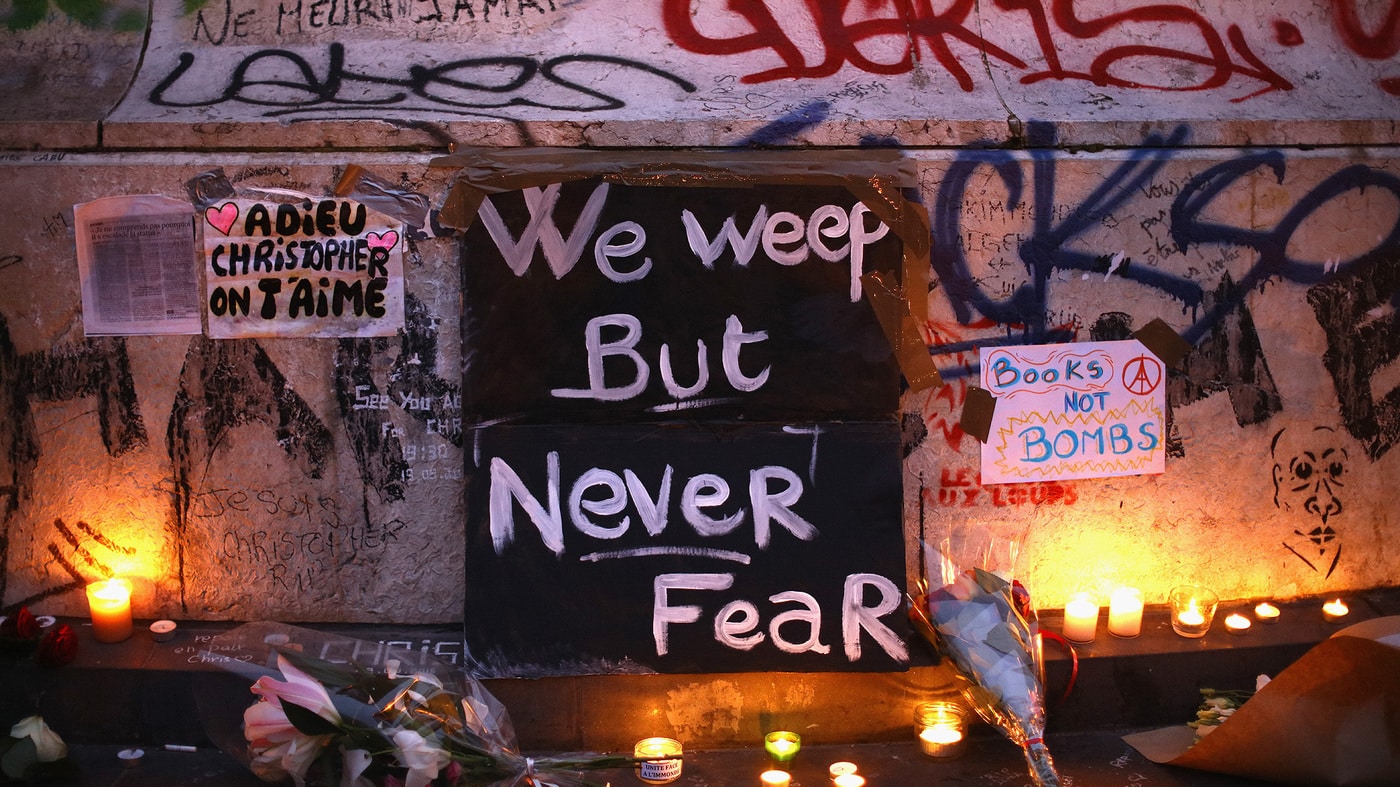In 2010, I attended a conference in Paris led by Interpol, the International Association of Chiefs of Police, and the French National Police on the topic of “Terrorism and the Radicalization of Youth.”
The fear then was that US and EU citizens would become radicalized through internet propaganda by groups like Al-Qaeda or AQAP. Some may choose to travel to the Middle East, Africa, or Asia for training — and others might receive that training online, or through AQAP’s magazine ‘Inspire’.
Much discussion was had about how to prevent this from happening, how to detect it when it does happen, and how to respond.
One of the great concerns with this threat is that US and EU citizens do not require visas to travel between each other’s countries in many cases – and thus it is easy for planning to occur in one place and the attack in another – limiting the ability of intelligence agencies and law enforcement to share information – which we saw in Paris.
In just the past two weeks, we’ve seen this fear come to life in vivid and horrendous violent incidents in Paris and now in California.
I understand, of course, that the California investigation is continuing, but all signs that I see lead towards what I’ve outlined above.
It’s perhaps not AQ and AQAP anymore than it is ISIS/ISIL, who possesses an incredibly sophisticated propaganda arm with online teachings, training videos, and a glossy magazine that teaches you how to engage in mass terror.
What does this mean?
This sort of an attack is a game changer here in the United States. It’s not obvious today, but it will be in the coming weeks.
Attacks on soft targets are something we’ve talked about here in theory but have done little about in practice. Movie theaters, shopping malls, retail stores, churches, and public events.
We’ve also never seen the sort of asymmetric warfare that a group like this could bring to the US. Completely disconnected cells, without centralized command and control, are able to strike at a time of their own choosing. They will be incredibly difficult to detect, deter, or disrupt.
And we’re unlikely to see it coming.
We live in a security bubble here in the United States where we are relatively safe from violent crime. We think nothing about an empty box or an abandoned piece of luggage on the sidewalk outside of an office building, or the man who has been sitting on the bench for three hours watching people just go by.
We’ve laughed for years over DHS’s guidance of “see something, say something” – but it’s accurate advice.
We shouldn’t be laughing about it anymore.
While we shouldn’t walk about in constant fear, we should ensure that we’re looking at this threat with our eyes wide open, that we’re situationally aware of what’s going on around us, and we’re mentally and physically prepared to react in the event of an attack.
Most importantly, we should accept that the world is what it is – and not take a pollyanna view of global events.
It’s the unfortunate truth that these attacks in the past few weeks are likely just the first of many to come.
The other side is in it to win it – and so should we.
Stout hearts.


